Capacity
180.000 tons/year
The municipality of Oslo aims for a circular waste system. The amount of recycled waste is to reach 50% before 2019 and household waste sorting is mandatory.
About 80% of the inhabitants in Oslo live in multi-family housings or terraced houses so space for adding more bins is very limited. The entire municipality of Oslo, with more than 600.000 inhabitants, is using the optical sorting system by Envac.
180.000 tons/year
Food, plastics and residual waste
650.000
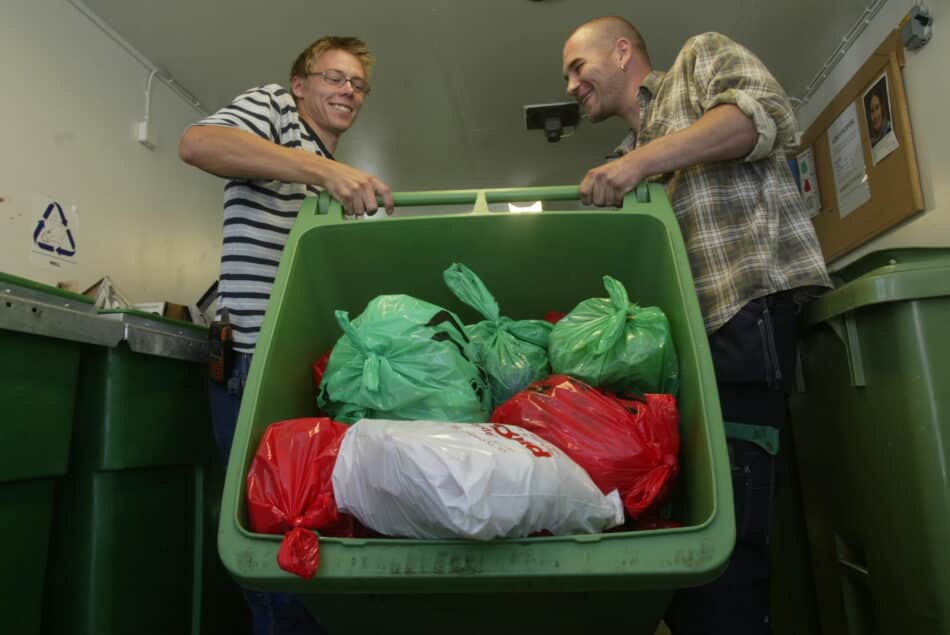
Considering the limited space for more bins and the amount of heavy transport in Oslo the choice fell on optical sorting.
Using Envac’s optical sorting system the municipality could keep the same bins and the same vehicles could be used while the transports could be kept at a minimum.
Food waste becomes biogas and biofertilizer, while plastic is recycled and the residual waste fraction is used to produce district heating and electricity.
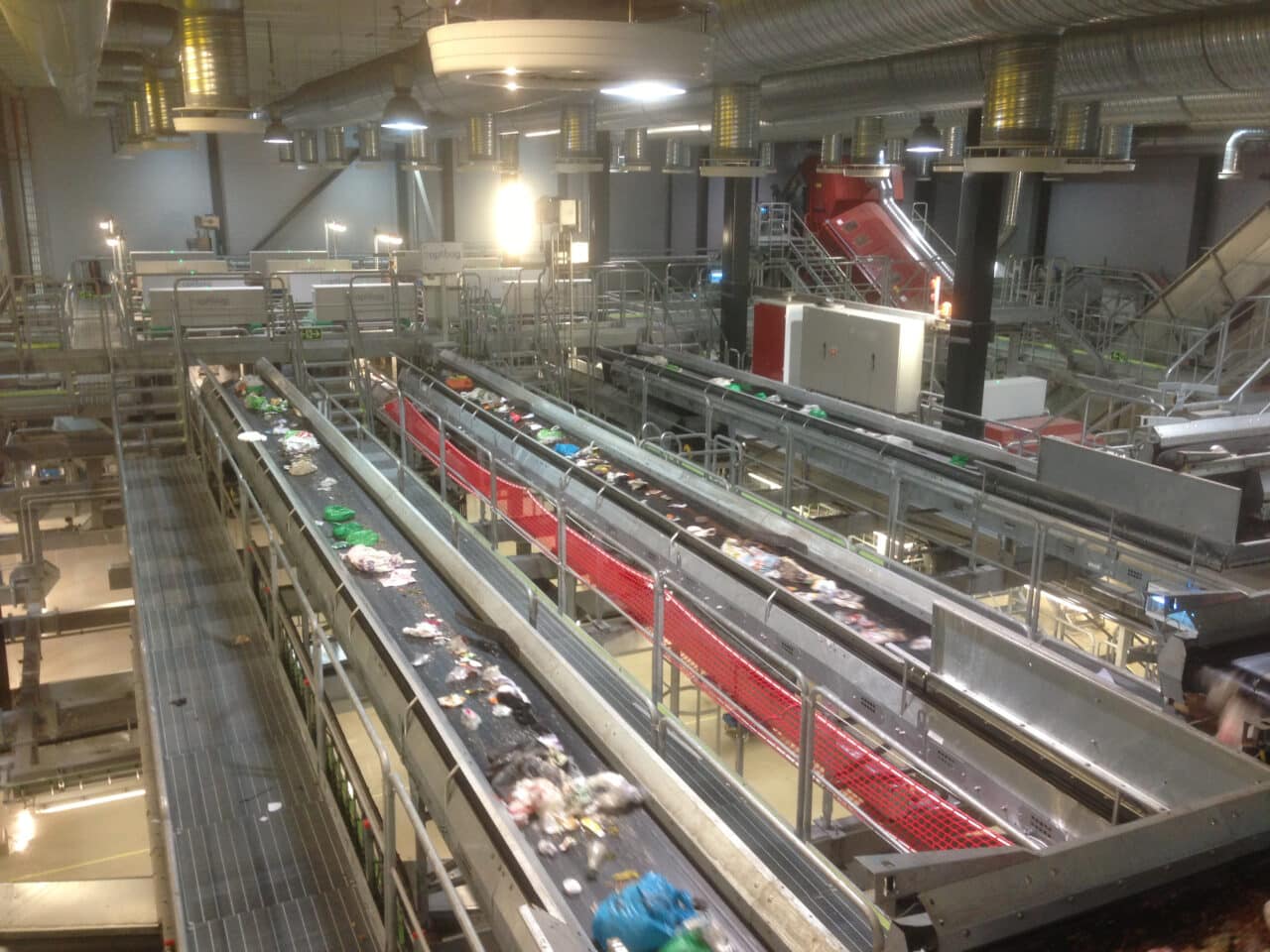
In 2009 the first optical soring plant (Haraldrud) was opened in Oslo. With that, Oslo became the first major city in Scandinavia to introduce the system.
In 2012 the second plant (Klemetsrud) was deployed. The entire municipality was now using optical sorting.
In 2013 the client together with Envac developed post-treatment techniques for the plastic fraction in order to refine the material further.
To see all our projects, click here.
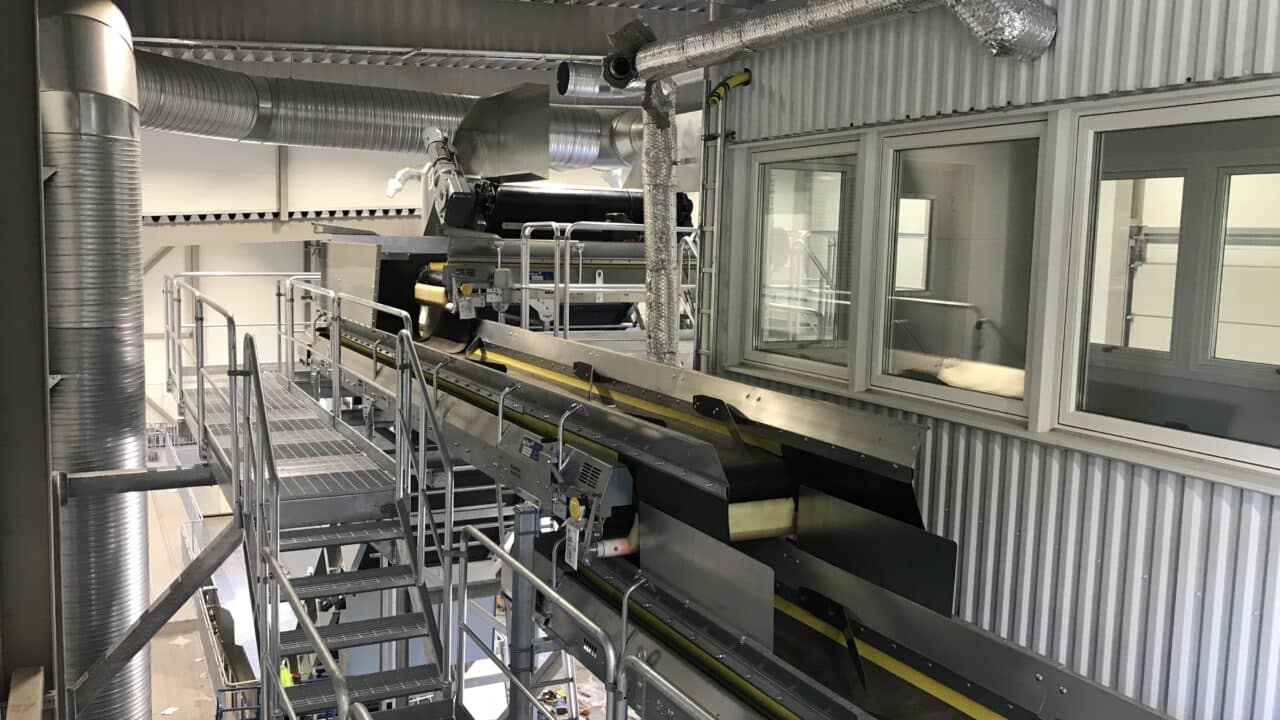
Sorting Ljungby
In Ljungby and Alvesta, more than 27,000 households now sort their waste into colour-coded bags, which are processed at a modern optical sorting facility. Food waste is converted into biogas and biofertiliser, while the other fractions are recycled for a more sustainable society.
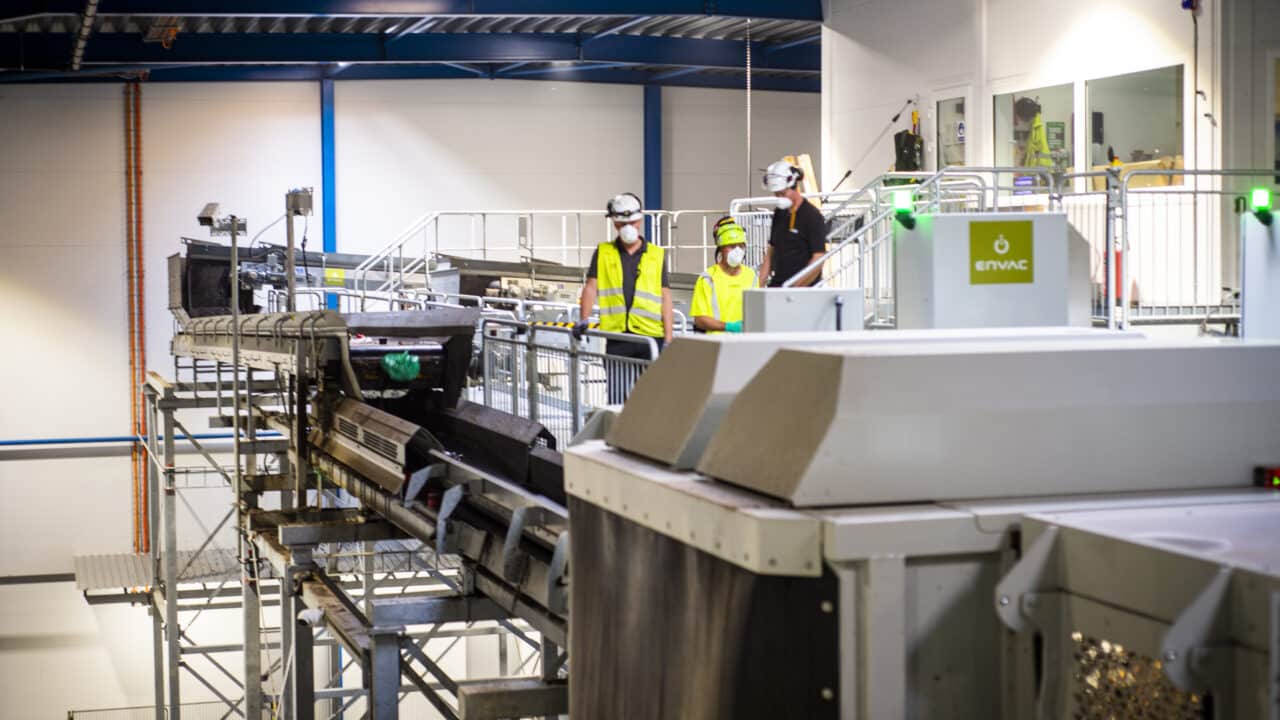
Sorting Aalborg, Denmark
In Aalborg, ~224,000 residents sort their waste into coloured bags, which are processed at Denmark’s first optical sorting facility. The solution makes things easier for households and more cost-effective for the municipality, while also reducing environmental impact.
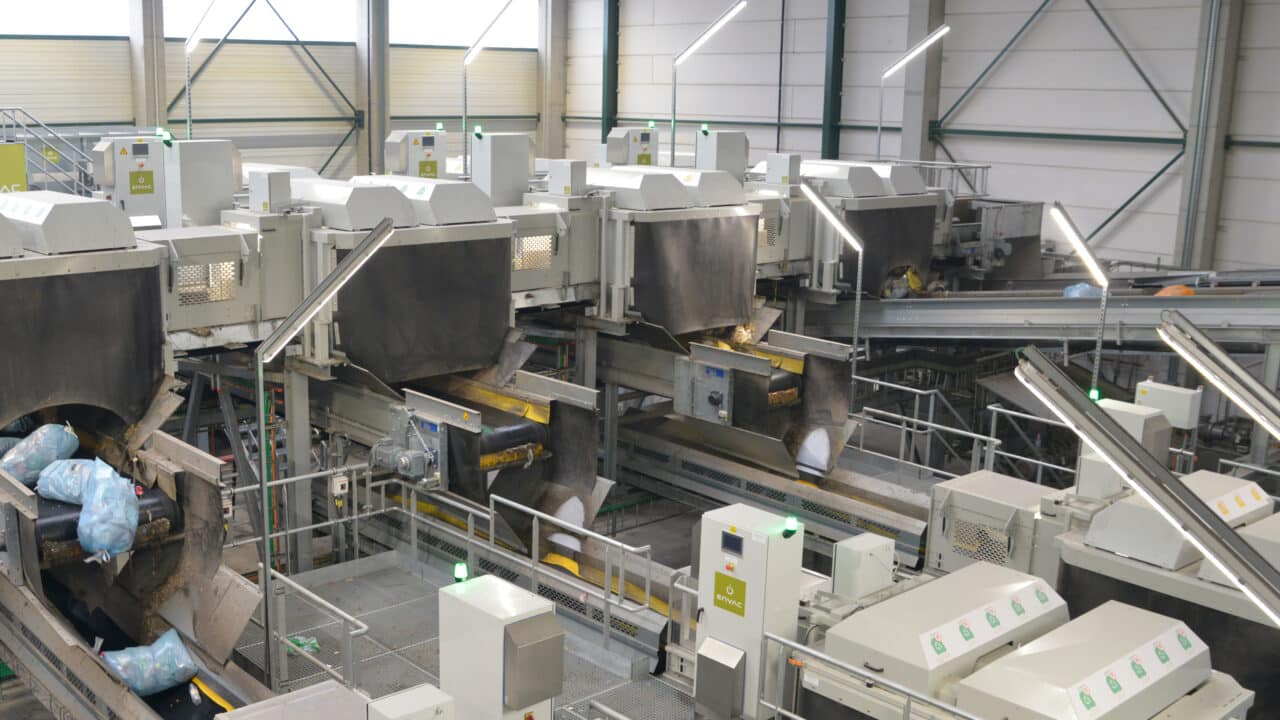
Sorting Biostoom Beringen, Belgium
The Limburg Optimo Sorting Facility was launched in 2022 and services 32 municipalities, enabling smarter sorting for more than 300 000 households. The facility sorts 5 different fractions: food waste, garden waste, textile waste, residual waste and plastic/metal packaging. The facility is built to be flexible and has the option to add 2 more fractions in the future.